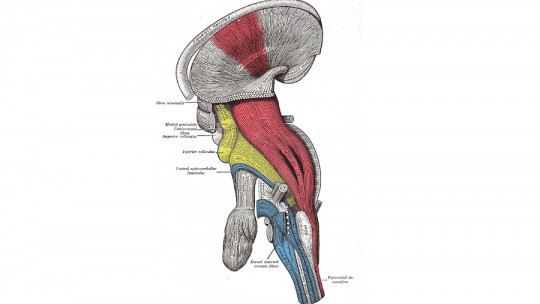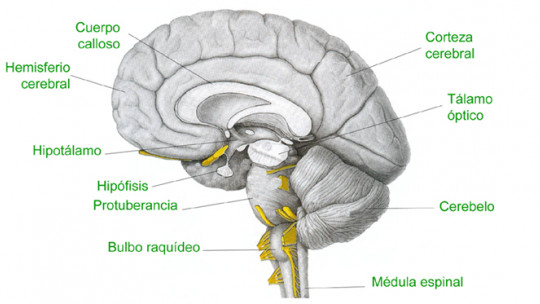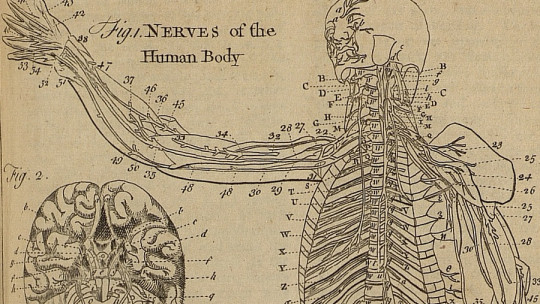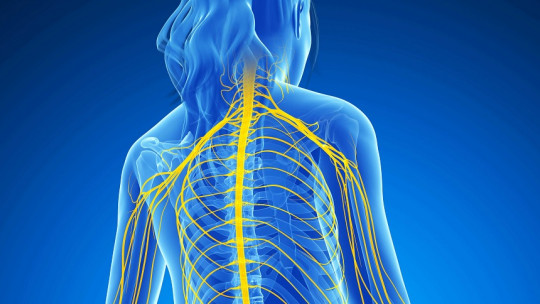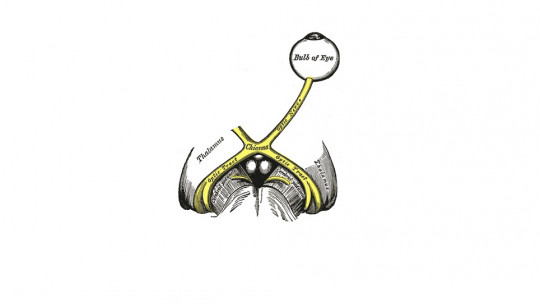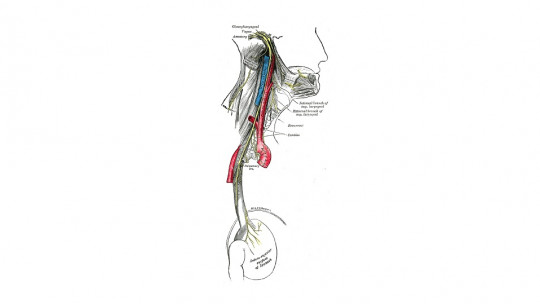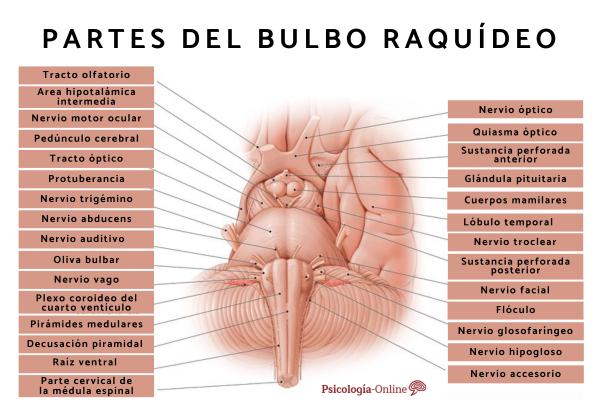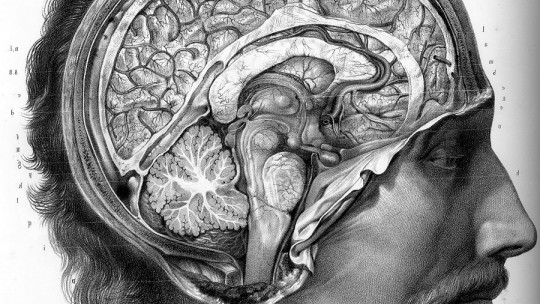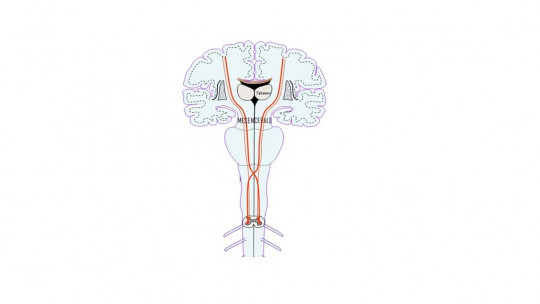
Our nervous system is made up of a large number of fibers and bundles that run throughout the body. Our senses, perceptions, thoughts and emotions are governed by this system. Also our ability to move. There are multiple bundles that govern the latter, with those that are part of the pyramidal system being especially relevant for voluntary movement.
But if we look from where they originate to where they arrive, we will see a detail that may seem peculiar: at a specific point, most of the nerve fibers cross from the hemisphere where they originate to the opposite side of the body. This fact is due to the decussation of the pyramids which we will discuss in this article.
From one hemibody to the other
The pyramidal system is the system or set of motor-type nervous pathways that go from the cerebral cortex to the motor neurons of the anterior horn of the spinal cord, where they will connect with the motor neurons that will end up causing movement.
This system is named after the type of neurons that make it up, and they generally send information regarding voluntary motor control. One of the main nerve bundles of this system is the corticospinal, which is linked to the precise control of movement and muscle contraction. But the fibers of this system do not remain in a single hemisphere. There comes a point where the majority of motor fibers from one part of the brain cross to the opposite hemibody
Crossing the nerve pathways: pyramidal decussation
We call pyramidal decussation crossing carried out by the pyramidal fibers, passing the nerve fibers from the left side of the brain to the right hemibody and those from the right side to the left. This implies that the part of the brain that controls our right side is the left hemisphere, and injury to the left hemisphere could cause paralysis and other conditions on the right side of the body.
However, although most nerve fibers cross to the contralateral hemibody, between 15 and 20% of nerve fibers do not pass through the decussation continuing to function ipsilaterally (that is, the nervous pathway continues from the brain to its destination in the same hemibody).
From this decussation emerge two large bundles of neurons, the anterior corticospinal (which is ipsilateral) and the lateral corticospinal (configured by the majority of nerve fibers that decussate). The lateral corticospinal is associated with the fine movement of the most distal parts of the body, such as the fingers, allowing skills such as writing or manipulating objects. The ventral or anterior, although it does not decussate in the pyramidal decussation of the medulla oblongata, to a large extent ends up doing so within the spinal cord itself, reducing the percentage of fibers that remain ipsilateral to around 2%. It is responsible for the proximal areas of the extremities, trunk and neck.
In what part of the nervous system is it produced?
The place where pyramidal decussation occurs, that is, the point from which the pyramidal nerve bundles from the left side of the body will cross and enter the right hemisphere and those from the right into the left, It is located in the brain stem
In the medulla oblongata you can find the pyramids, the bundles of nerve fibers that carry motor information from the brain to the rest of the body. And it is also in this structure where the pyramidal decussation point is located. Specifically, it can be found in the lowest part of the medulla oblongata, putting this structure in contact with the spinal cord.
Why does the decussation of the pyramids exist?
It is legitimate to wonder what sense it has for the nerve fibers to cross in the pyramidal decussation and cause the movement of one side of the body to be carried out by the contralateral cerebral hemisphere. This is a question that has sought an answer since the moment the decussation was discovered.
This question, in reality, is not something that has a clear answer. A possible explanation for this fact was the one proposed by Ramón y Cajal who proposed that pyramidal decussation was related to that of the sensory pathways: in the optic chiasm, decussation of a large part of the optic nerve fibers also occurs, which is adaptive for perception by allowing both hemispheres to have information. of what both eyes perceive and complete and localizable images can be generated in space.
In this sense, the movement necessary to react to a possible threat would be that of the muscle groups opposite to that of the part of the brain that perceives them. If there were no pyramidal decussation, the information would first have to travel to the other hemisphere to later be processed and reacted, which would make it slower. Decussation allows you to activate the right muscles at the right time
However, it must be taken into account that, although this is a plausible theory that would explain decussation as something evolutionary, we are dealing with a hypothesis that should not be taken as the absolute truth. It might be interesting to further explore the possible cause and meaning of the decussation of the pyramids.

